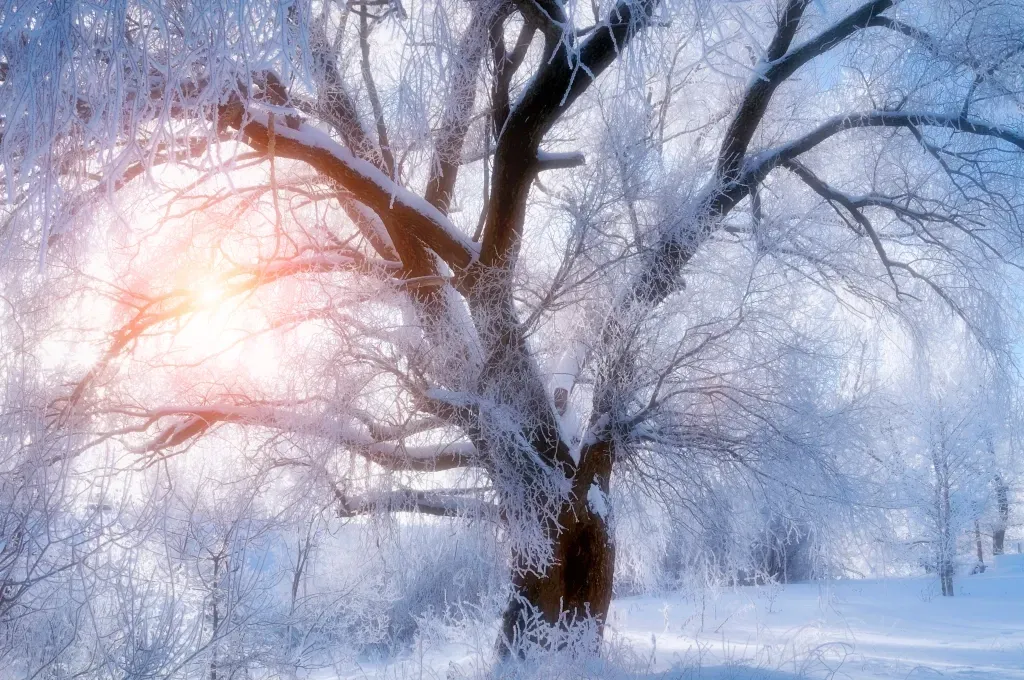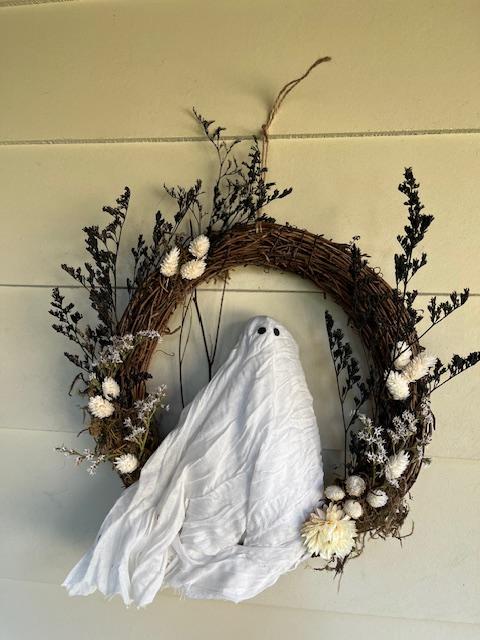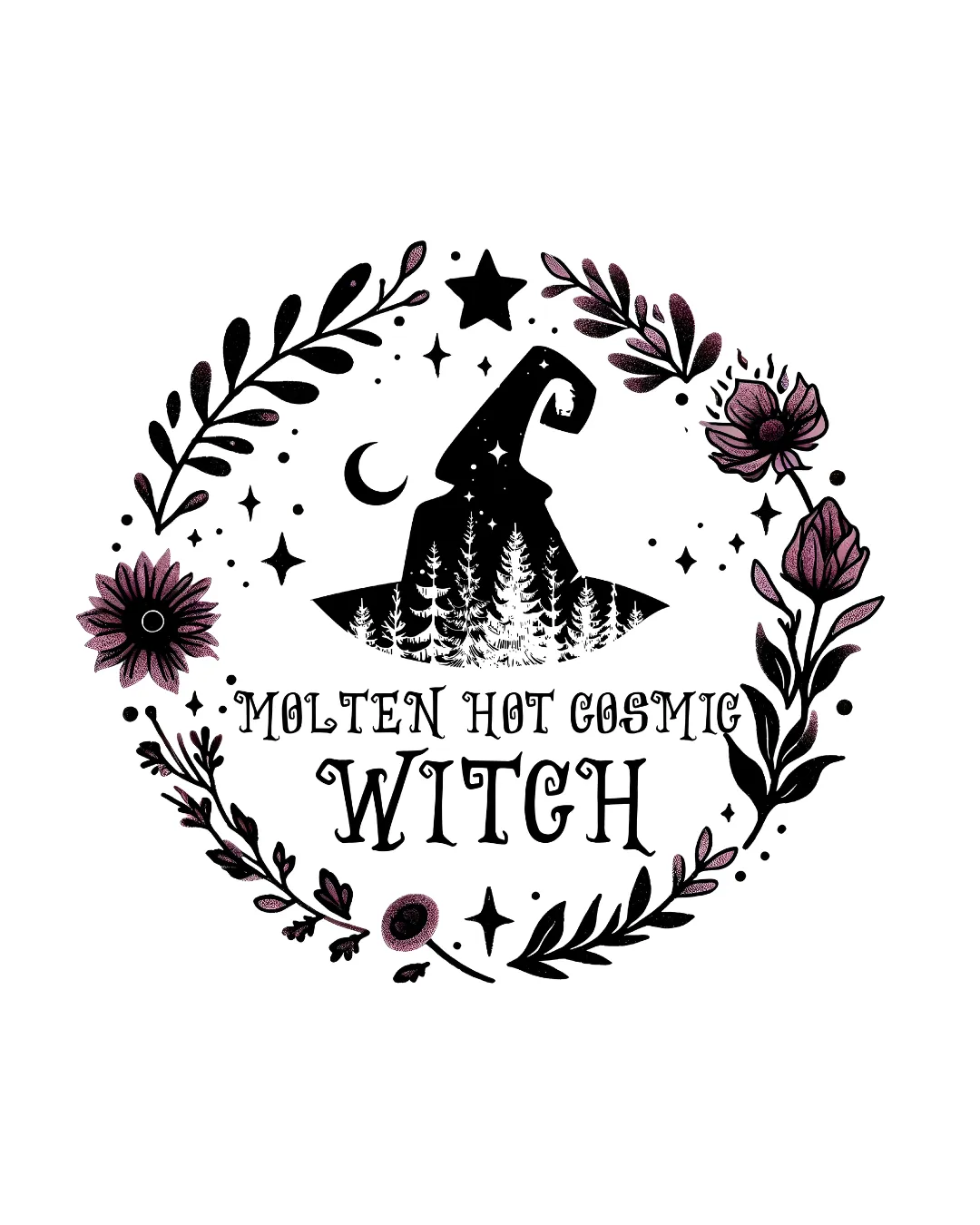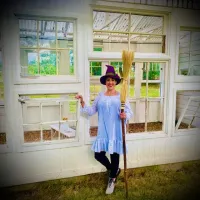Very Irregular Blogging

Yule and Christmas
A season blanketed in warmth, love, giving and unity. A time when the world celebrates, the light returns and the human spirit shines.
Winter is official and it’s time for rest. Rest for Mother Nature as well as for yourself. A time to reflect, regroup, and rejuvenate.
What is Yule?
Yule celebrations begin each year to coincide with the Winter Solstice, the first official day of winter, on December 21st.
The Winter Solstice is the shortest day and longest night of the year before the sun’s return, and the days begin to get progressively longer again until the Summer Solstice. Yule is a celebration honoring the rebirth of the sun and another turn of the wheel.
Celebrations happen around the solstice all over the world to welcome back the sun and the onset of winter. Time is widely considered as a moment for feasting, merriment, honoring nature, rebirth, and reflection.

Yule History & Traditions
Yule has been around for thousands of years and the Celtic Pagans honored this time long before the word came into play. There are many discussions surrounding the origins of Yule and it is hard to pinpoint exactly when it began.
Very early customs of the Celtic Pagans are not well known. There is, however, much significance put on Norse, Roman, and Germanic traditions that the Celtic Pagans seem to have took on along the way and as the celebration progressed.
Yule celebrations begin on the night of the solstice and go for 12 days (hence the 12 days of Christmas).
There are many traditions associated with the season. In early times, people would dress up as the spirits of gods and go through the villages mumming (acting out plays).They would be rewarded with food and drink for their efforts. Our modern version of this would be caroling.
Decorating was also a big part of the festivities. People of all walks would use evergreen boughs and a tree, holly, mistletoe, and candles to get their homes into the spirit.
One very important tradition is that of the Yule Log. People would travel into the woods to find the largest log they could and this is what would be used to light huge hearth fires in the households. It was decorated in greenery and a piece of the log from the previous Yule was used as kindling to start the fire for the new log. The fire would burn for the full 12 days of celebrations and represented the light of the sun.

And Then Came Christmas…
Yule is, perhaps surprisingly, not one of the great Sabbats in the Pagan calendar.
However, we also have Christmas, which was essentially invented to make the transition into Christianity an easier one for people of the time who were already used to celebrating at this time of year.
Bringing Christmas into the mix has made the time of Yule a much bigger deal and as such it holds a very special place in the heart of many Pagans, including this one.
Yule is one of my absolute favorite times of the year. And we also celebrate Christmas in our house…now our celebrations have nothing to do with baby Jesus and everything to do with the traditions that come with it. It’s just how I was raised lol.
So, we honor the Solstice and use the term Yule, we have the tree, decorations, gift-giving, feasting, family time, rest, and reflection. In my opinion, a happy marriage between the two holidays and a time so filled with positive energy and joy I can’t help but have a soft spot for all of it.

And the magical evening is upon us….let us find peace in our homes and hearts to all living things. Let us who are blessed shine light and love onto others during this beautiful time.

For Witches & Muggles alike,
Sign up for my newsletter
For Witches & Muggles alike,
Sign up for
my newsletter

Let your inbox get a little more magical 💫



